Water treatment fillers are media used in filters, biofilters, and reactors to remove impurities from water through physical or biological processes.
Water treatment fillers are media used in filters, biofilters, and reactors to remove impurities from water through physical or biological processes. Common fillers include physical filter media such as sand, gravel, and activated carbon, which primarily capture suspended solids; and biofilm supports such as polypropylene (PP), expanded aluminosilicates, and modified fly ash, which provide a surface for the growth of beneficial microorganisms and the degradation of pollutants. The choice of filler depends on the specific pollutant and treatment objectives, and applications range from general filtration to specialized removal of organic matter or ions.
Sand and Gravel: Used in filtration systems to physically capture suspended particles, improve water clarity, and remove larger impurities.
Activated Carbon: Acts as an adsorbent material, removing chemical contaminants, odors, and unpleasant tastes from water.
Zeolites: Can be used as fillers to remove specific ions or impurities from water.
Polypropylene (PP): PP fillers with an open structure are used in trickling filters and bioreactors, providing a large surface area for biofilm growth and treating wastewater by reducing biochemical oxygen demand (BOD) and removing nitrogen.
Ceramsite: This porous ceramic filler supports microbial growth and effectively treats wastewater by removing chemical oxygen demand (COD) and ammonia nitrogen.
Dewatered sludge and fly ash: These can be processed into novel fillers for biological aeration filtration systems, utilizing waste materials to support microbial communities that remove pollutants.
Physical Filtration: As water flows through, fillers like sand trap suspended solids.
Adsorption: Activated carbon and other porous media absorb dissolved organic compounds, chemicals, and other impurities in water. 3. Biological Treatment: In biological filters, microorganisms colonize the surface of the packing material (i.e., biofilm) and degrade organic pollutants, converting ammonia to nitrate (nitrification) or removing nitrogenous compounds (denitrification).
Wastewater Treatment: Packing is an essential component of biological wastewater treatment systems, such as trickling filters and bioreactors, reducing organic loads and nitrogen compound levels.
Drinking Water Filtration: Filters in bottled water filling machines and dispensers use packing materials such as carbon blocks and UV filters to ensure safe, clean, and fresh-tasting water.
Industrial Water Treatment: Packing materials are used to handle the high organic and hydraulic loads found in industrial applications, improving treatment efficiency compared to traditional packing materials.
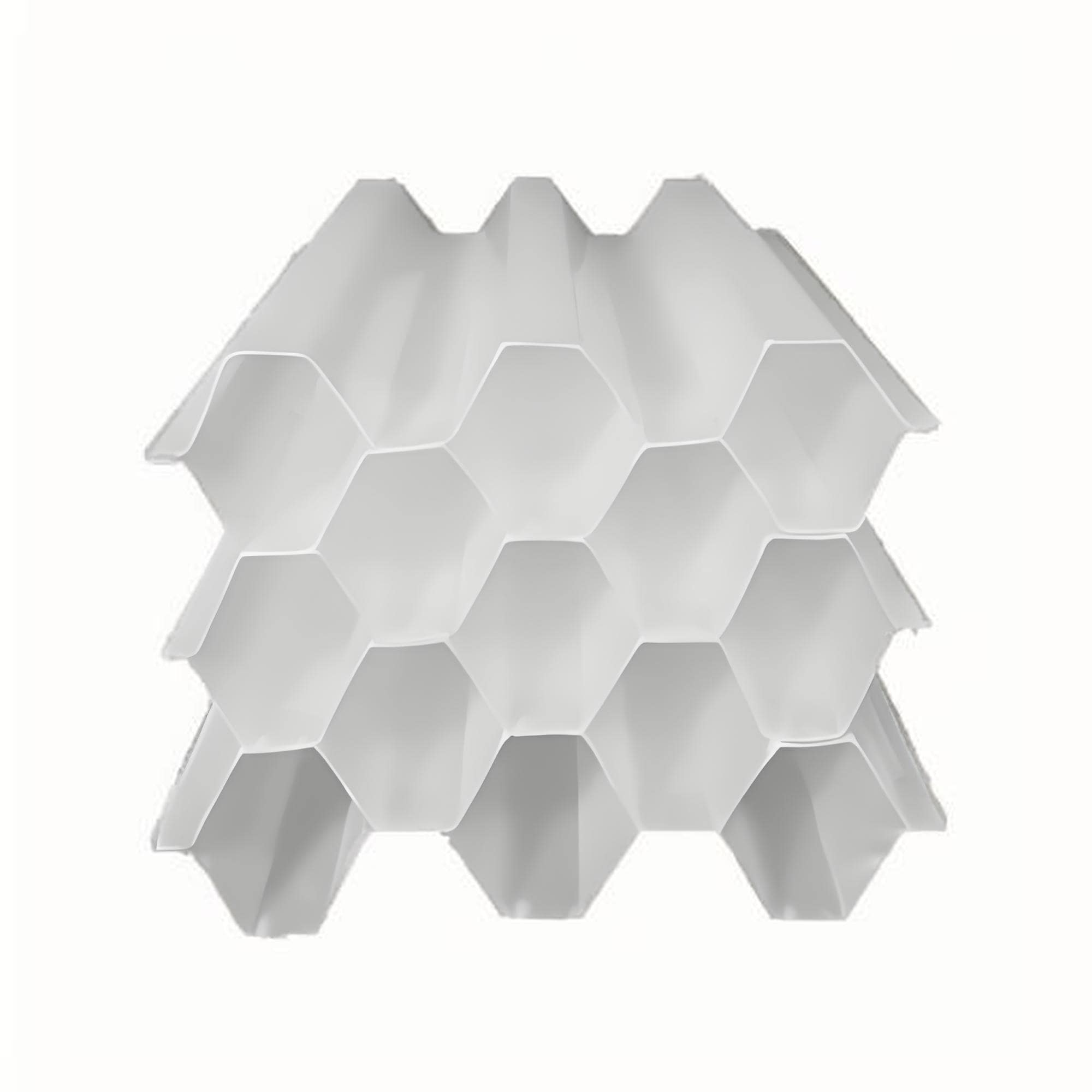
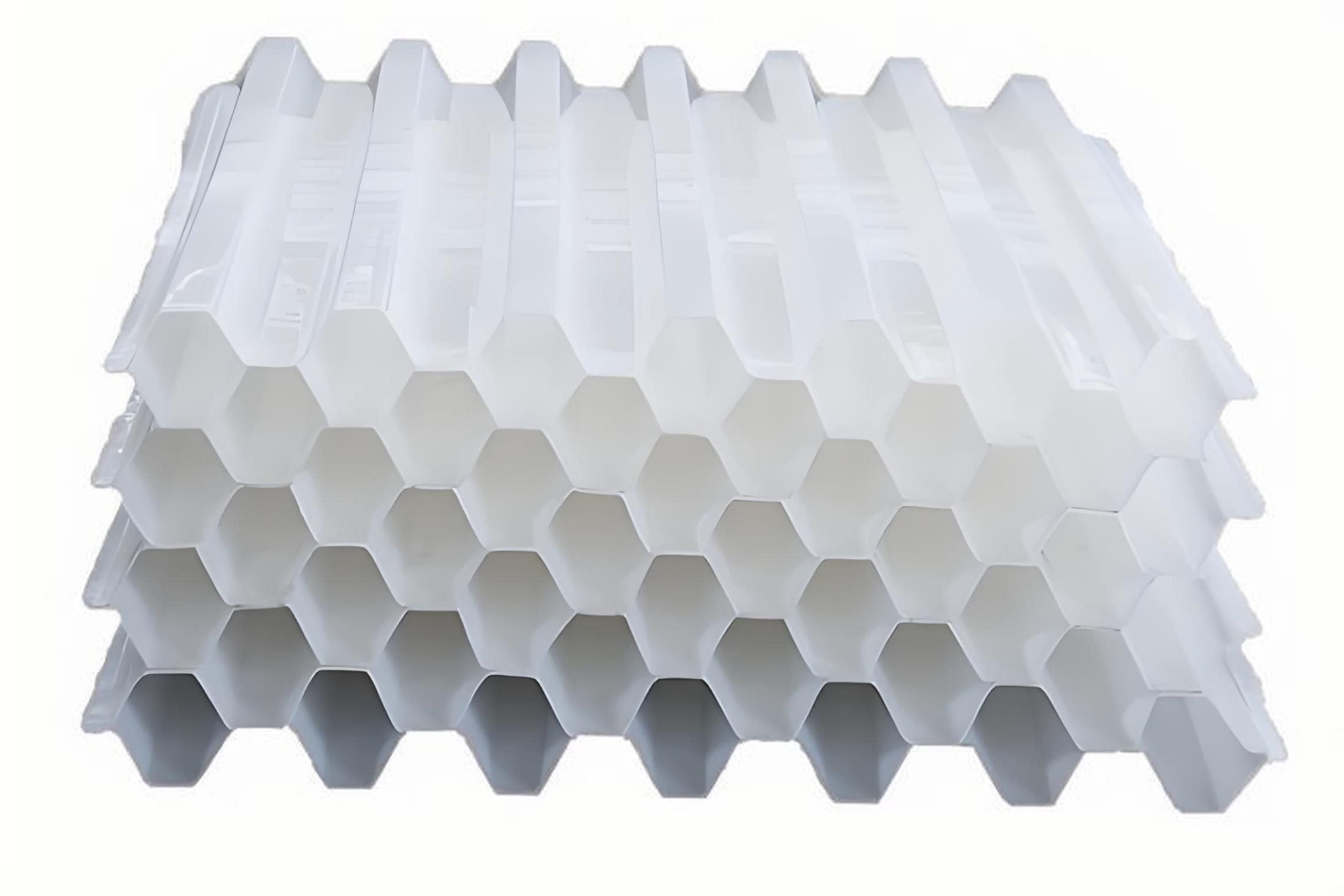
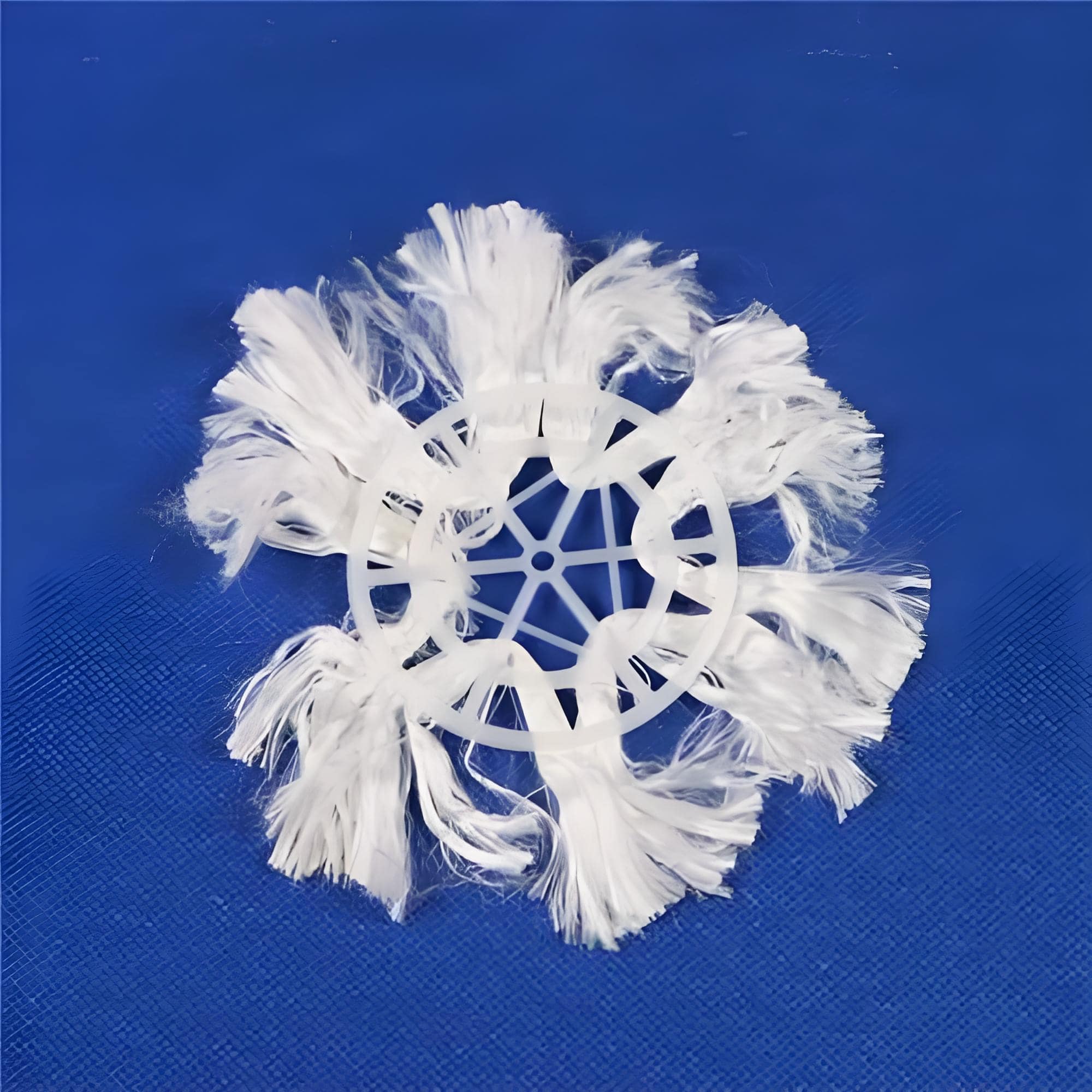
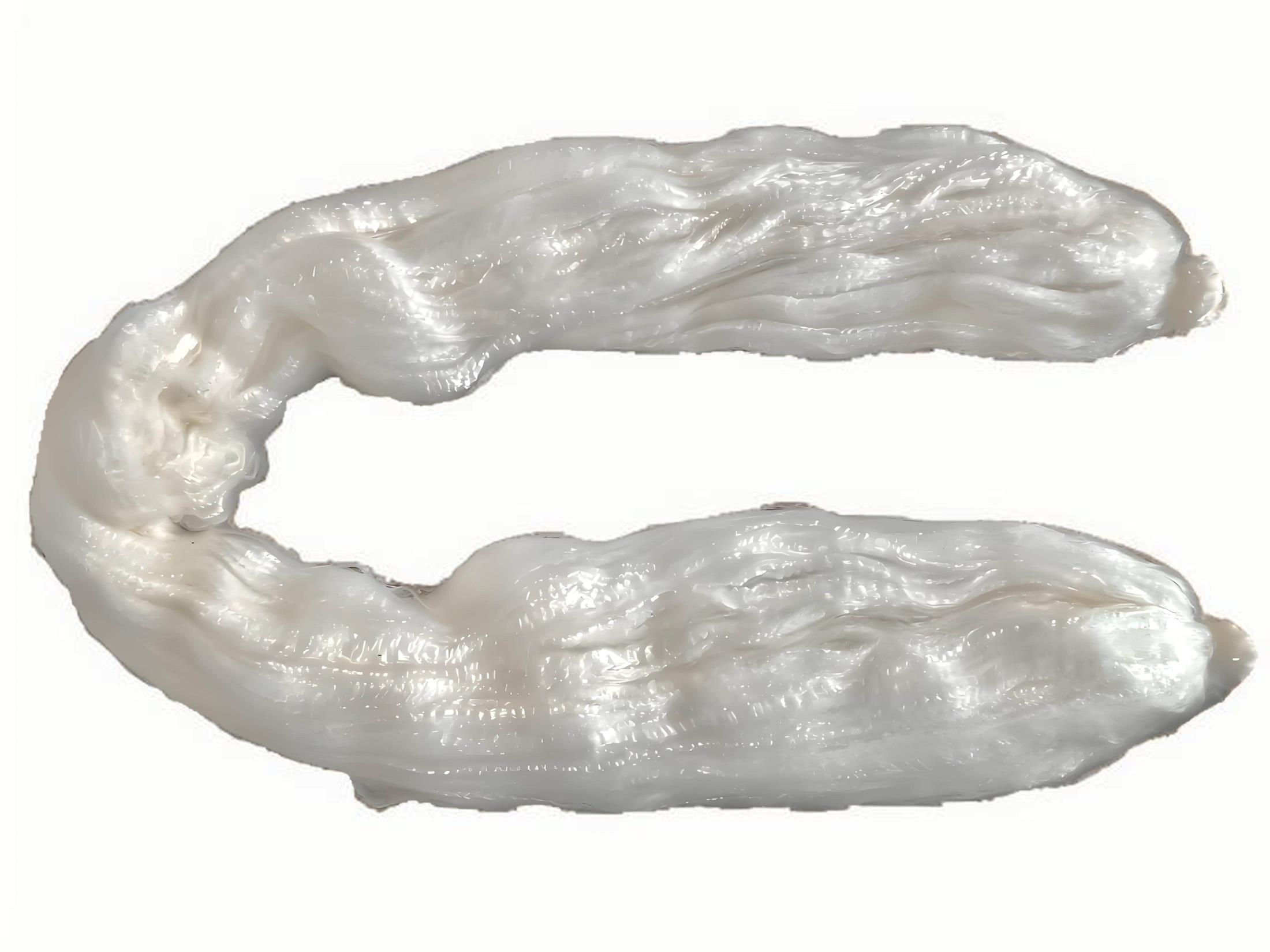
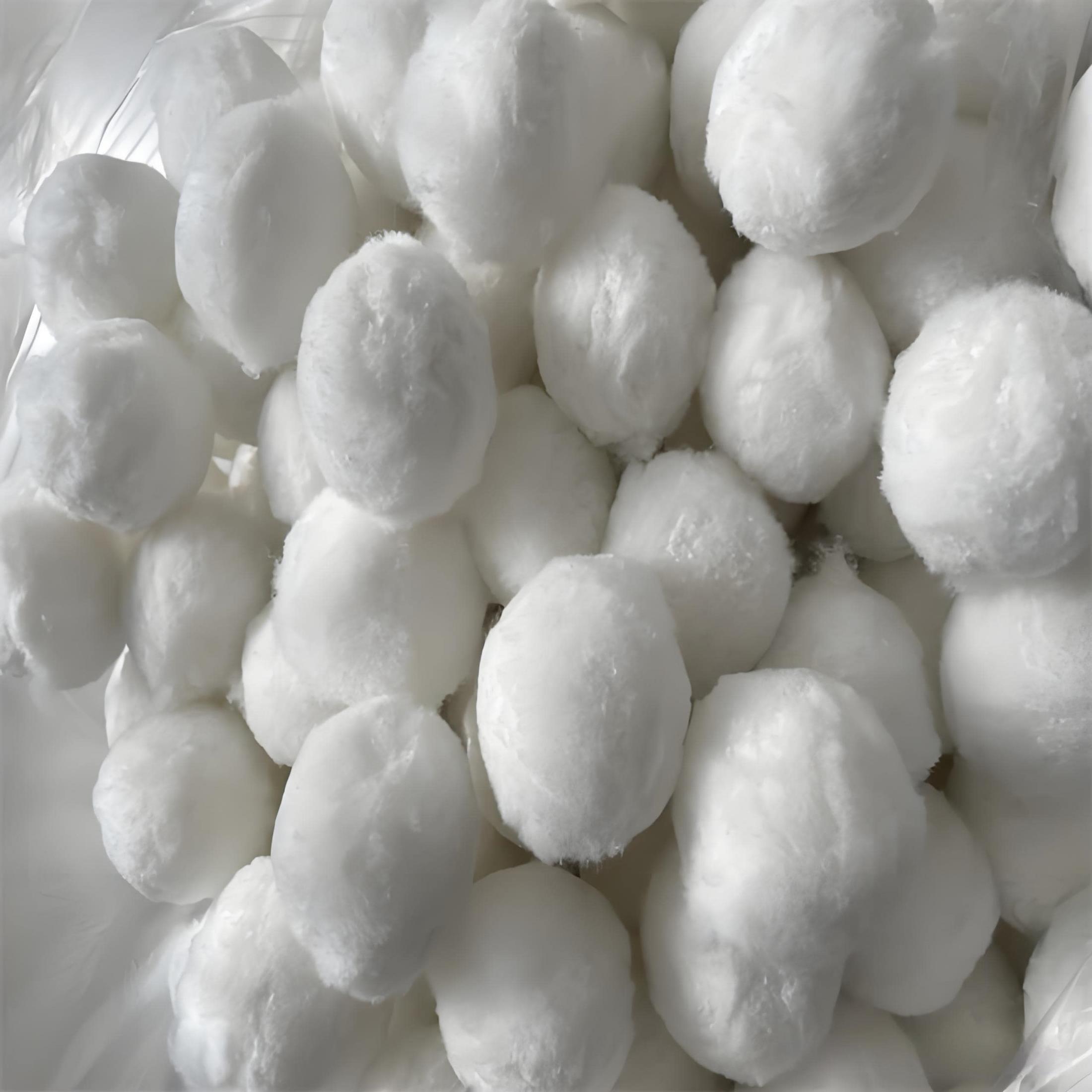
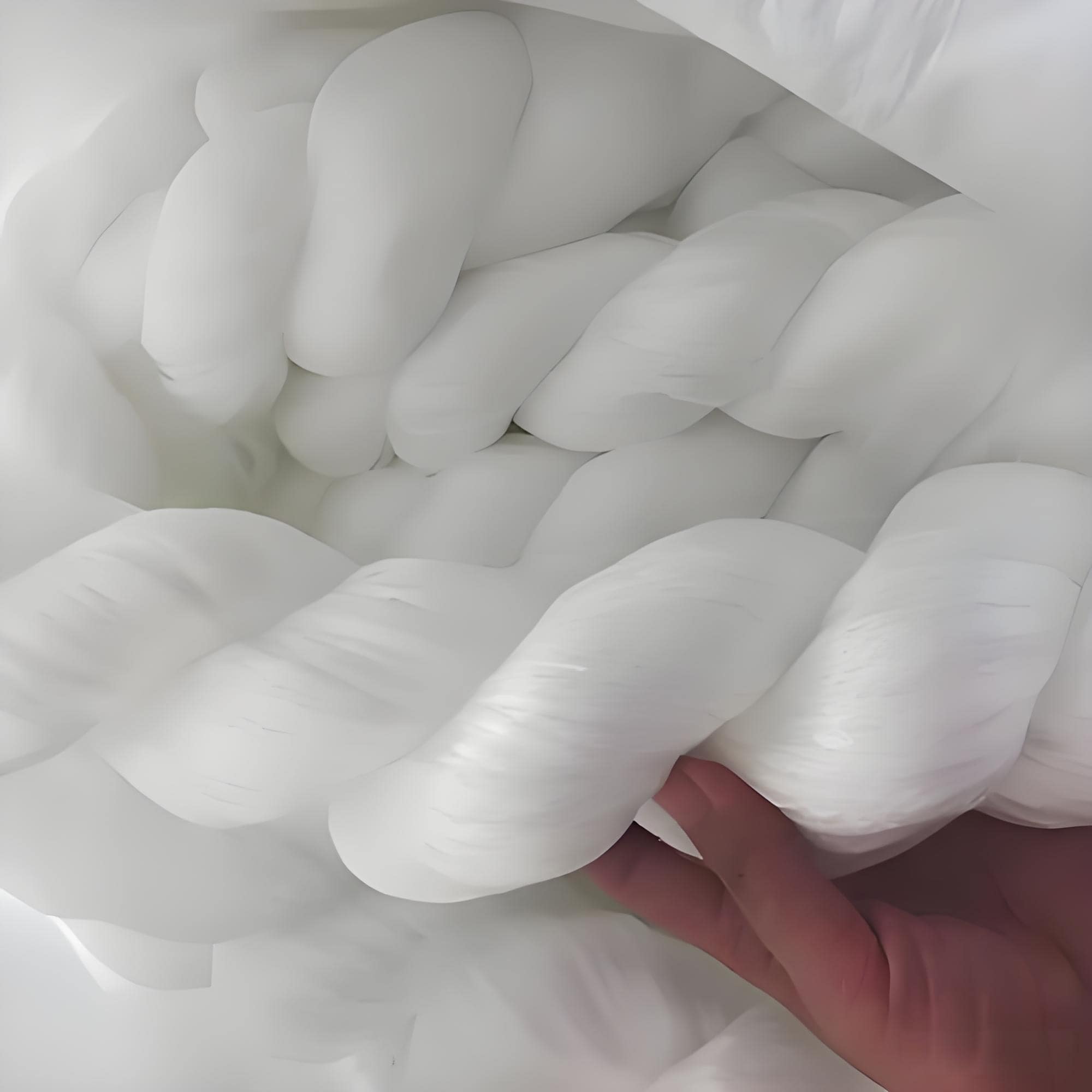
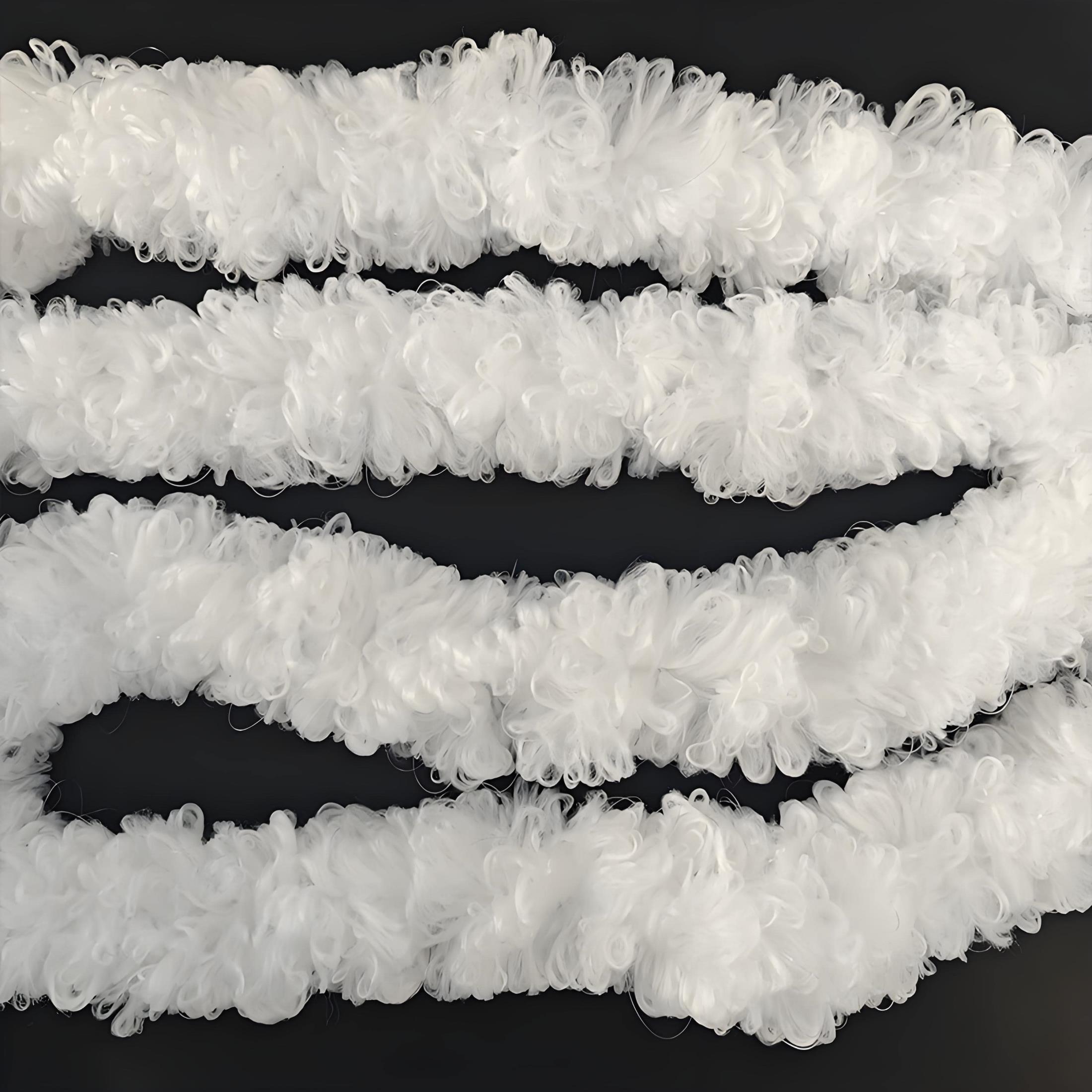
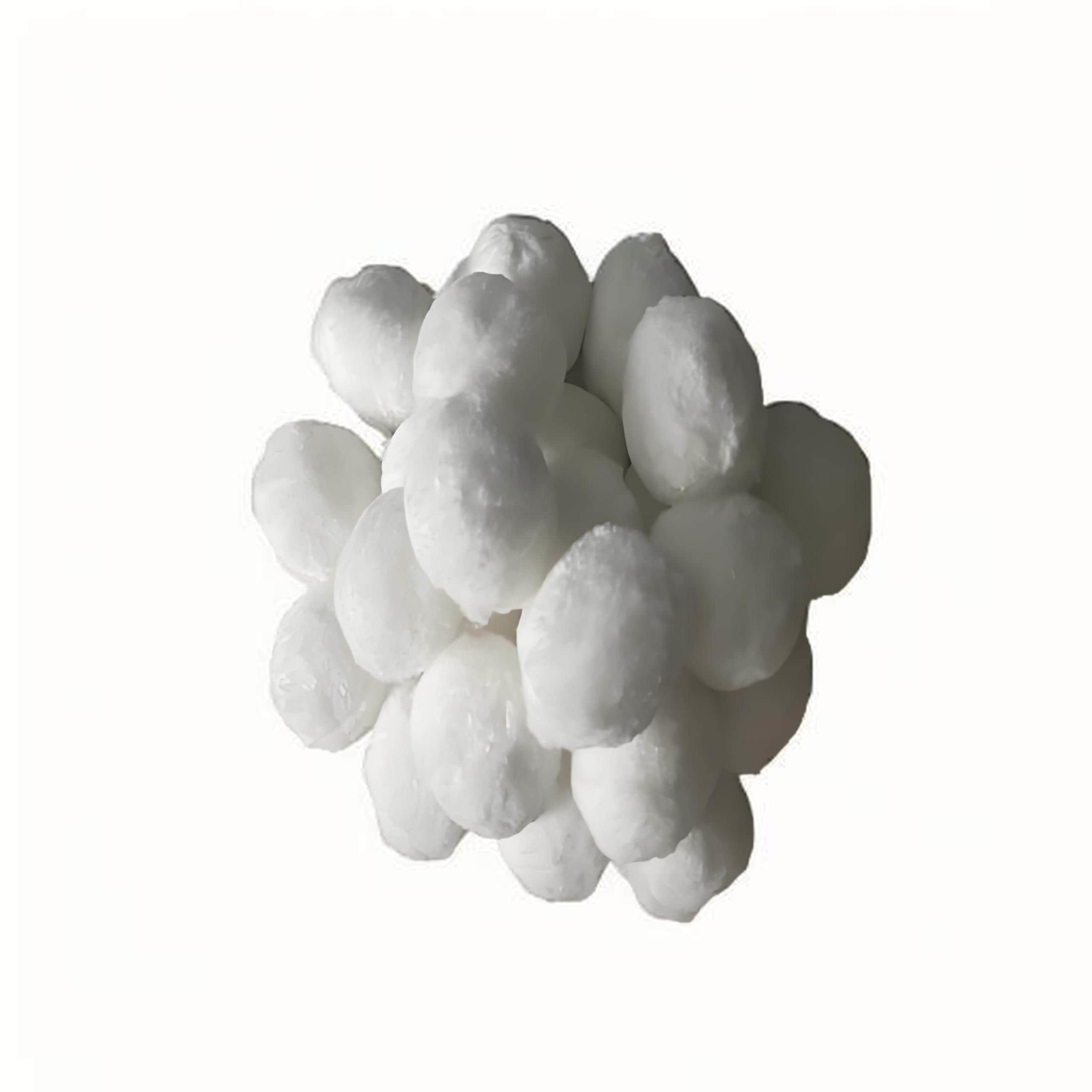
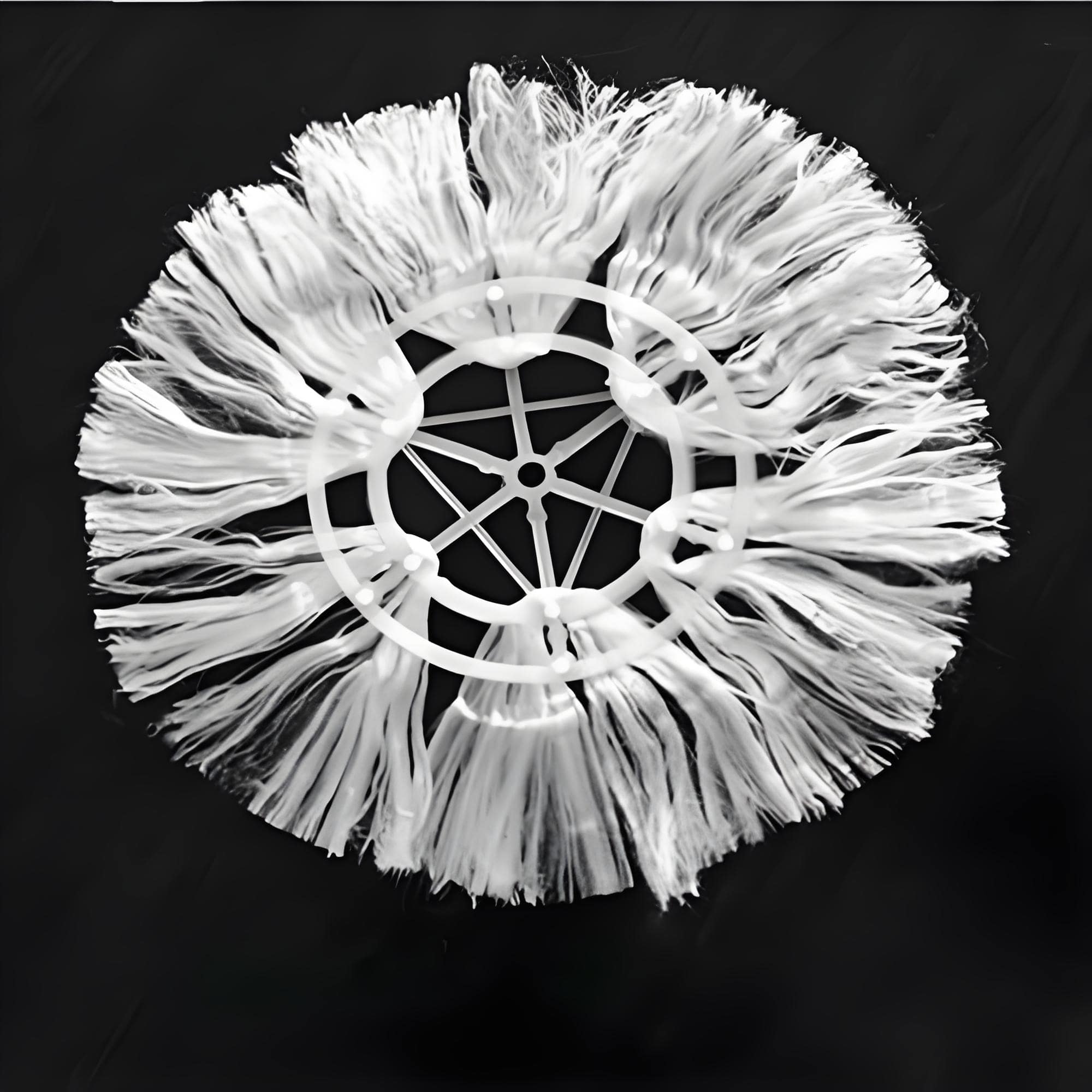

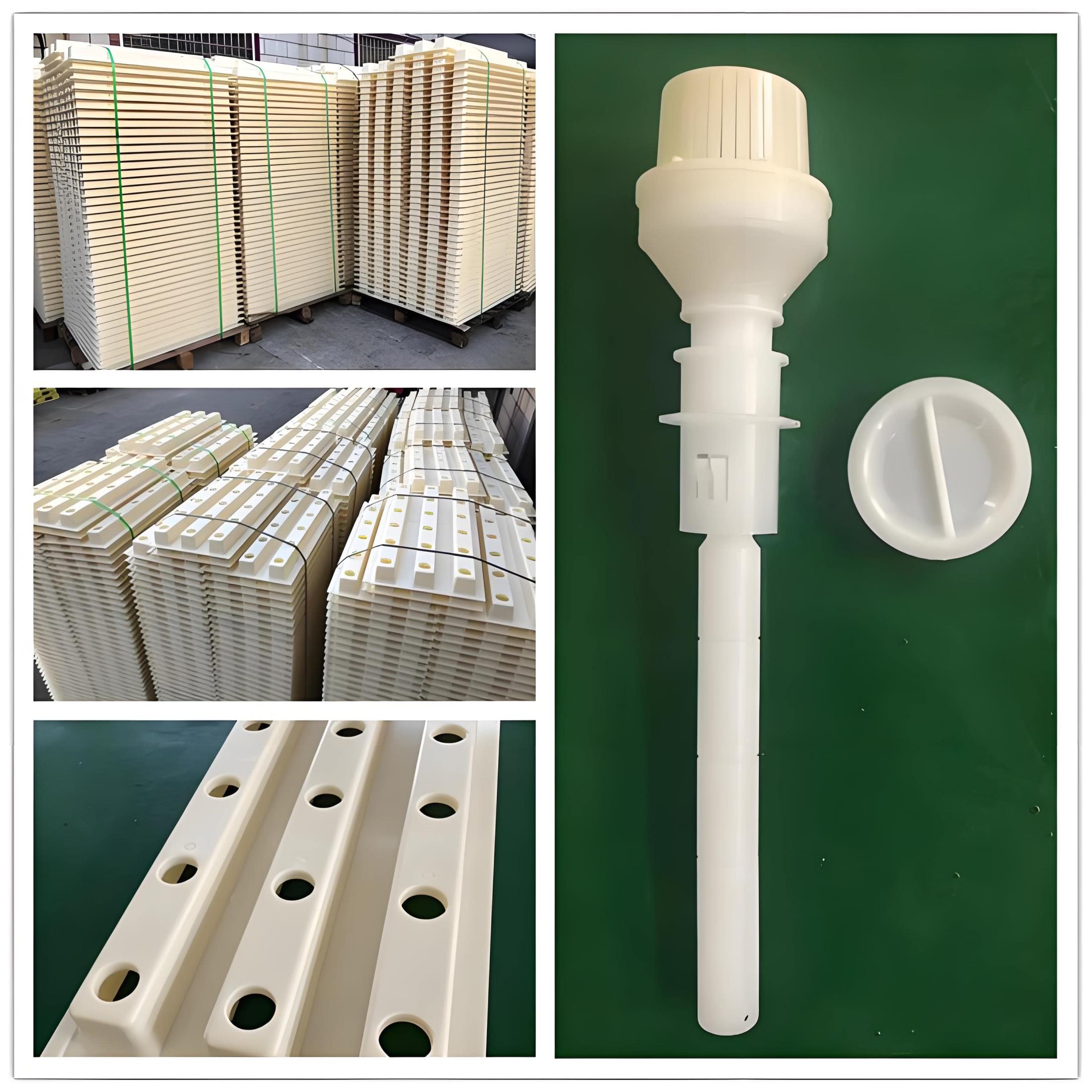
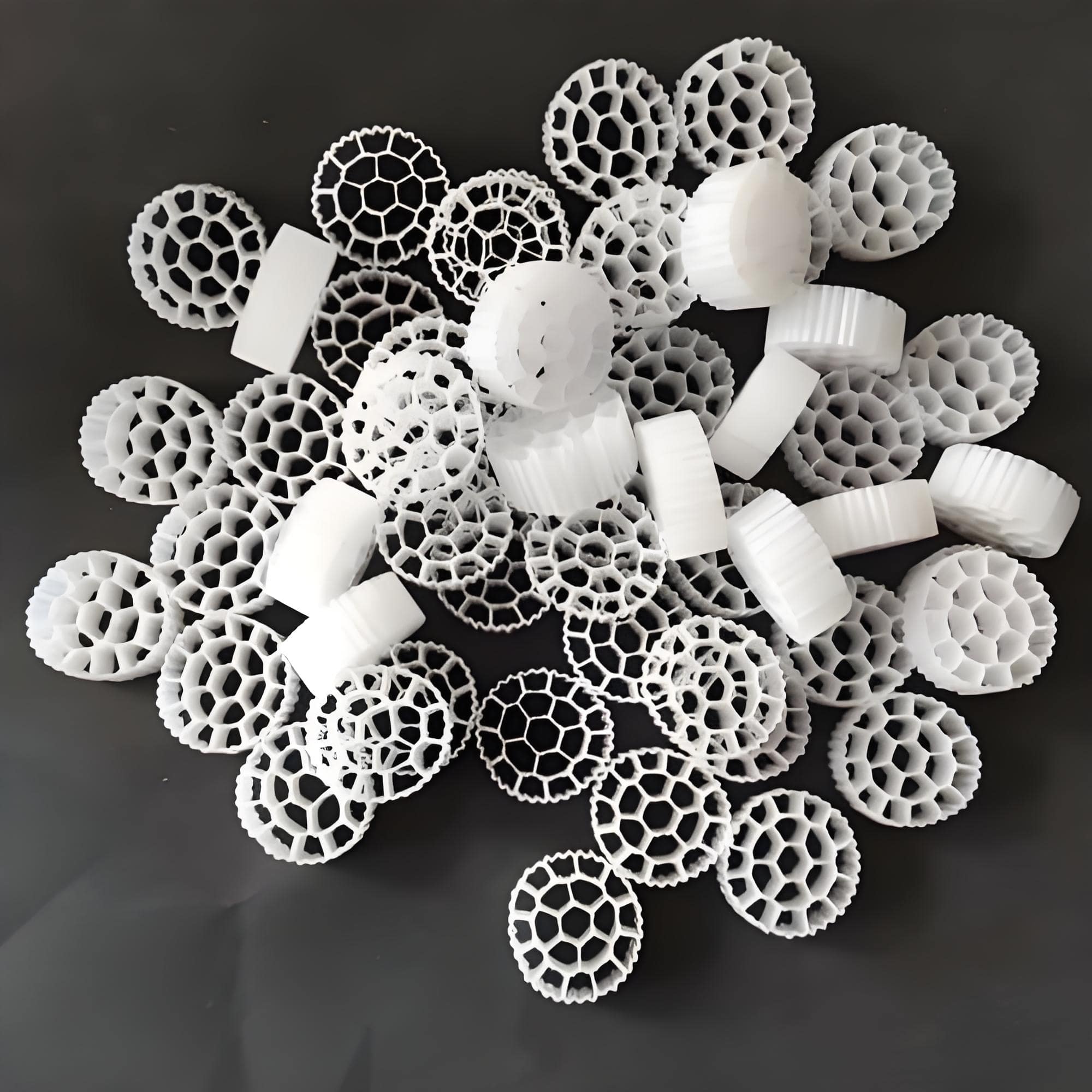
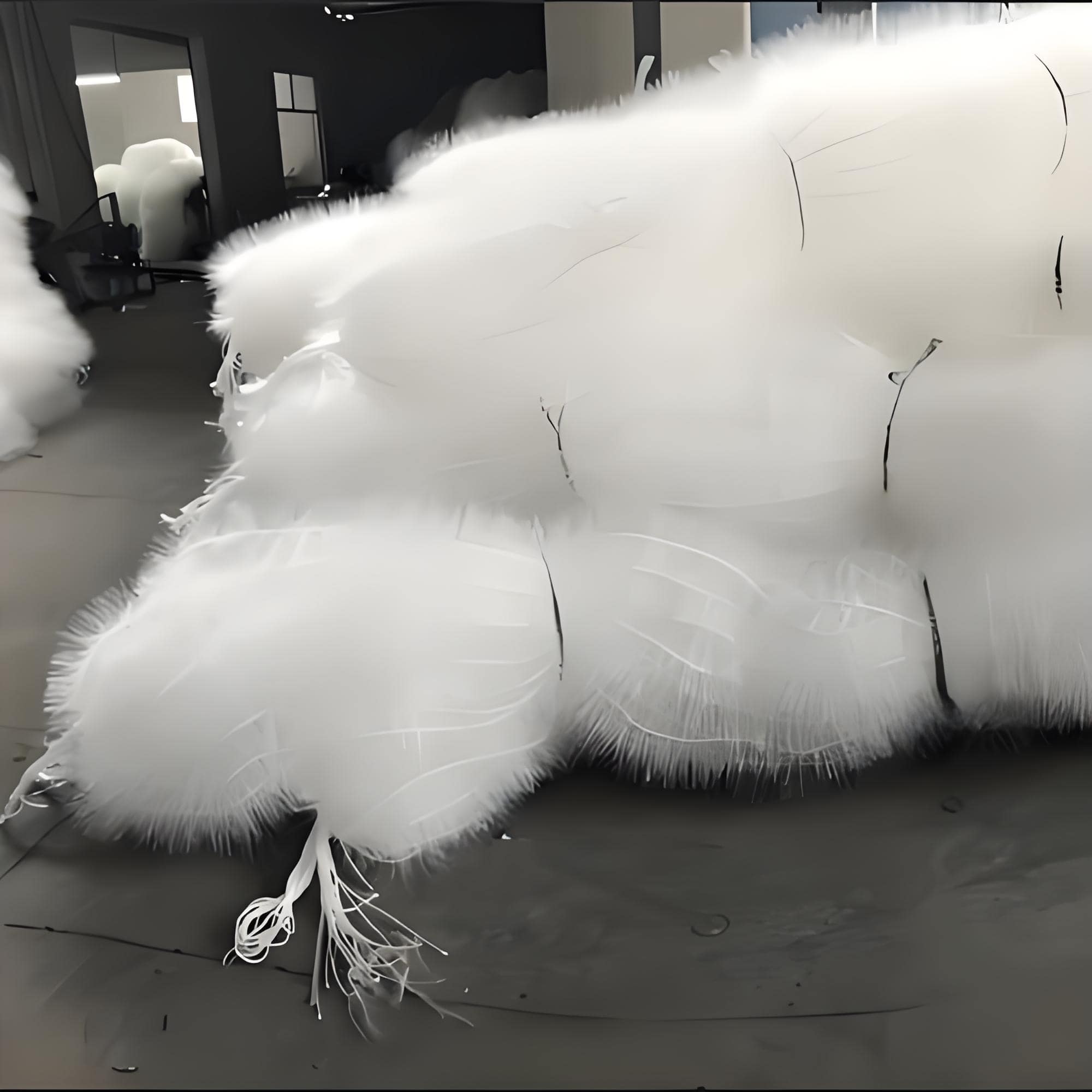
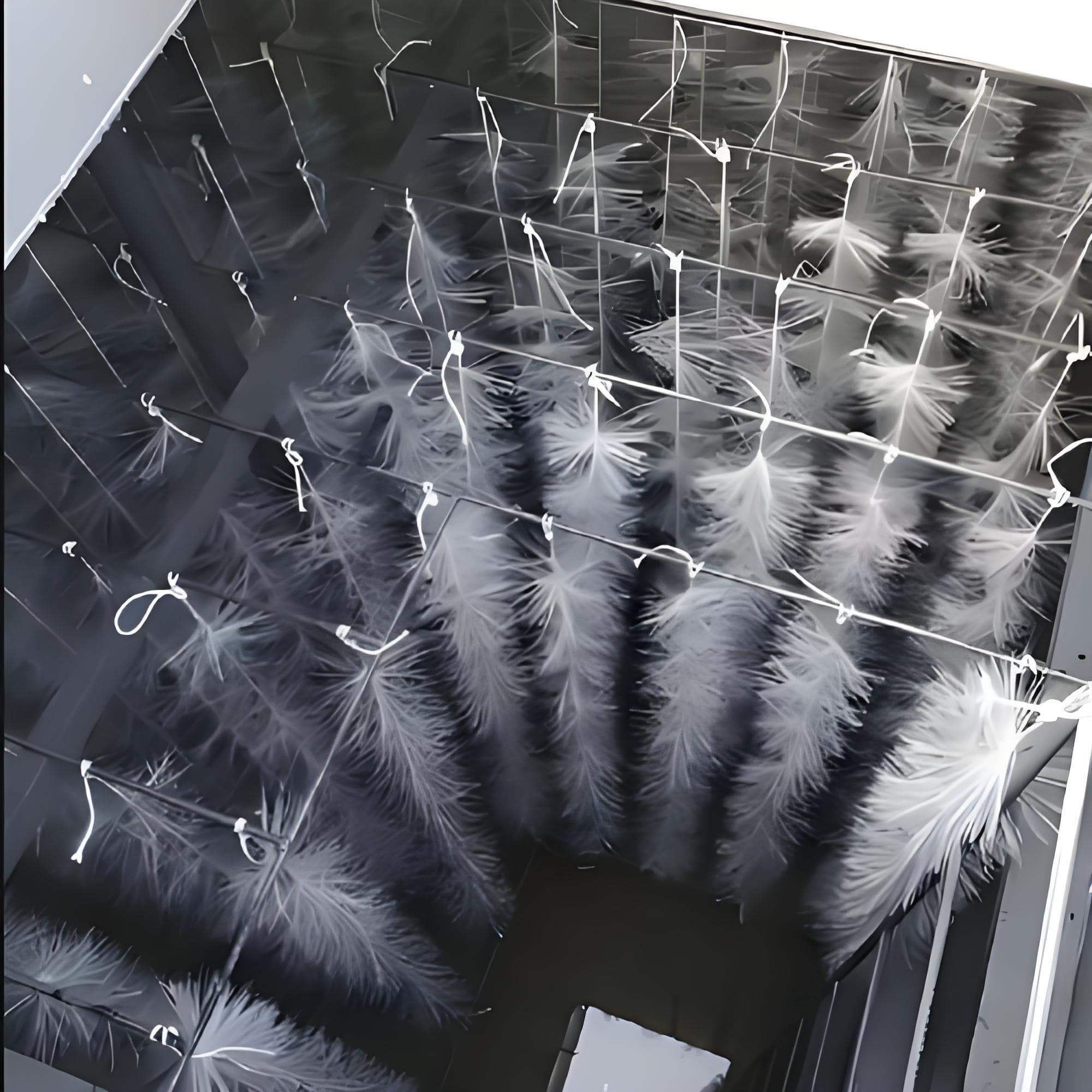
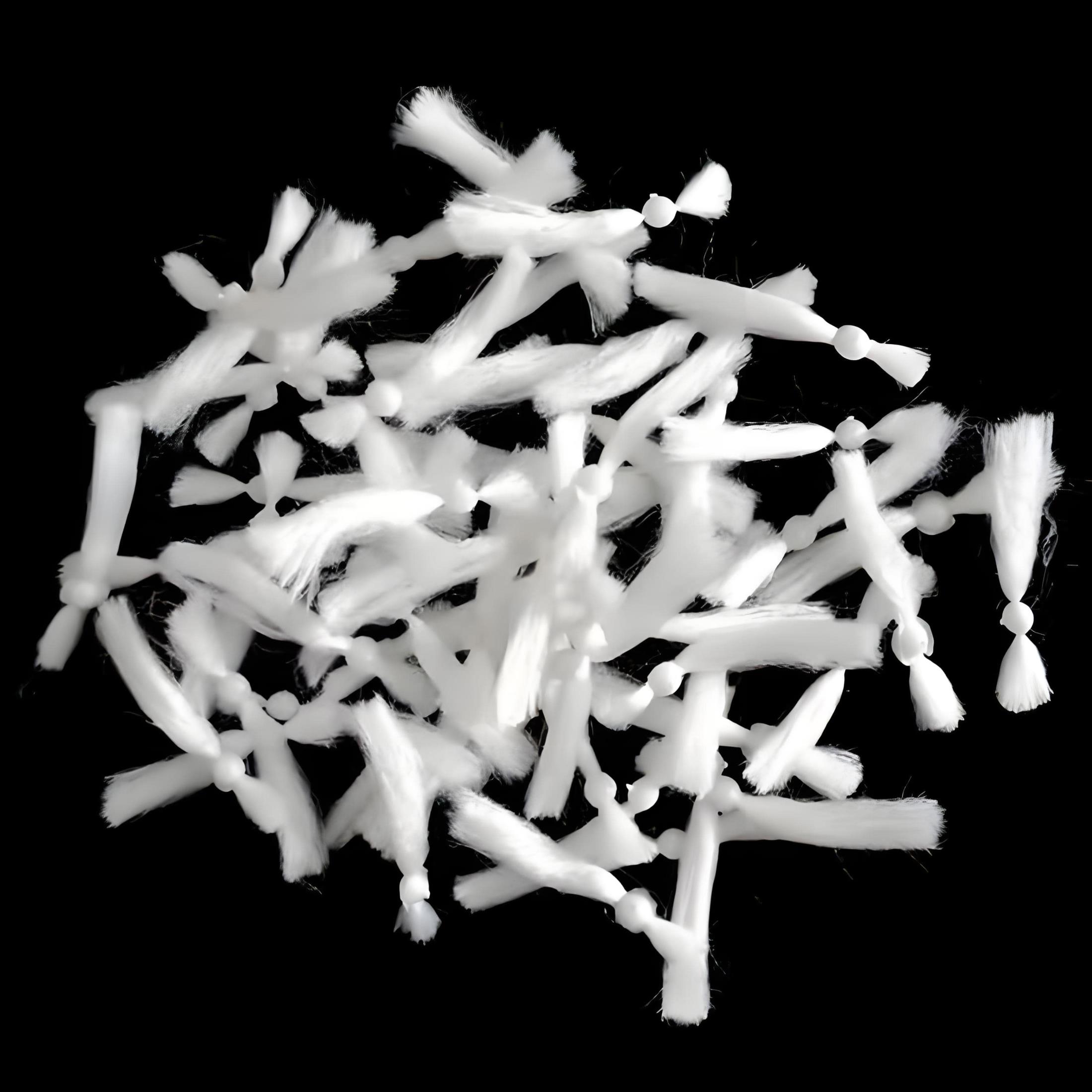
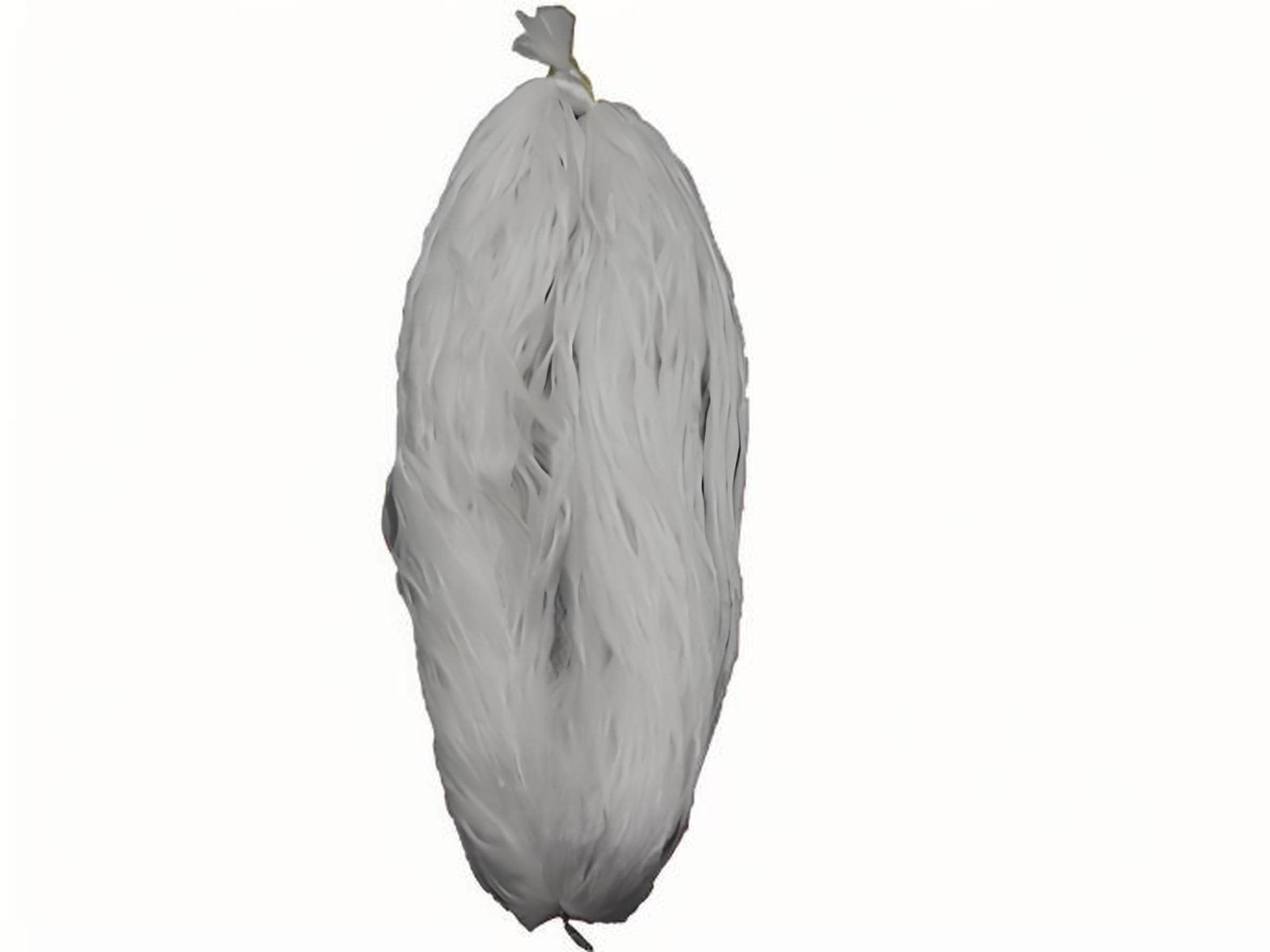
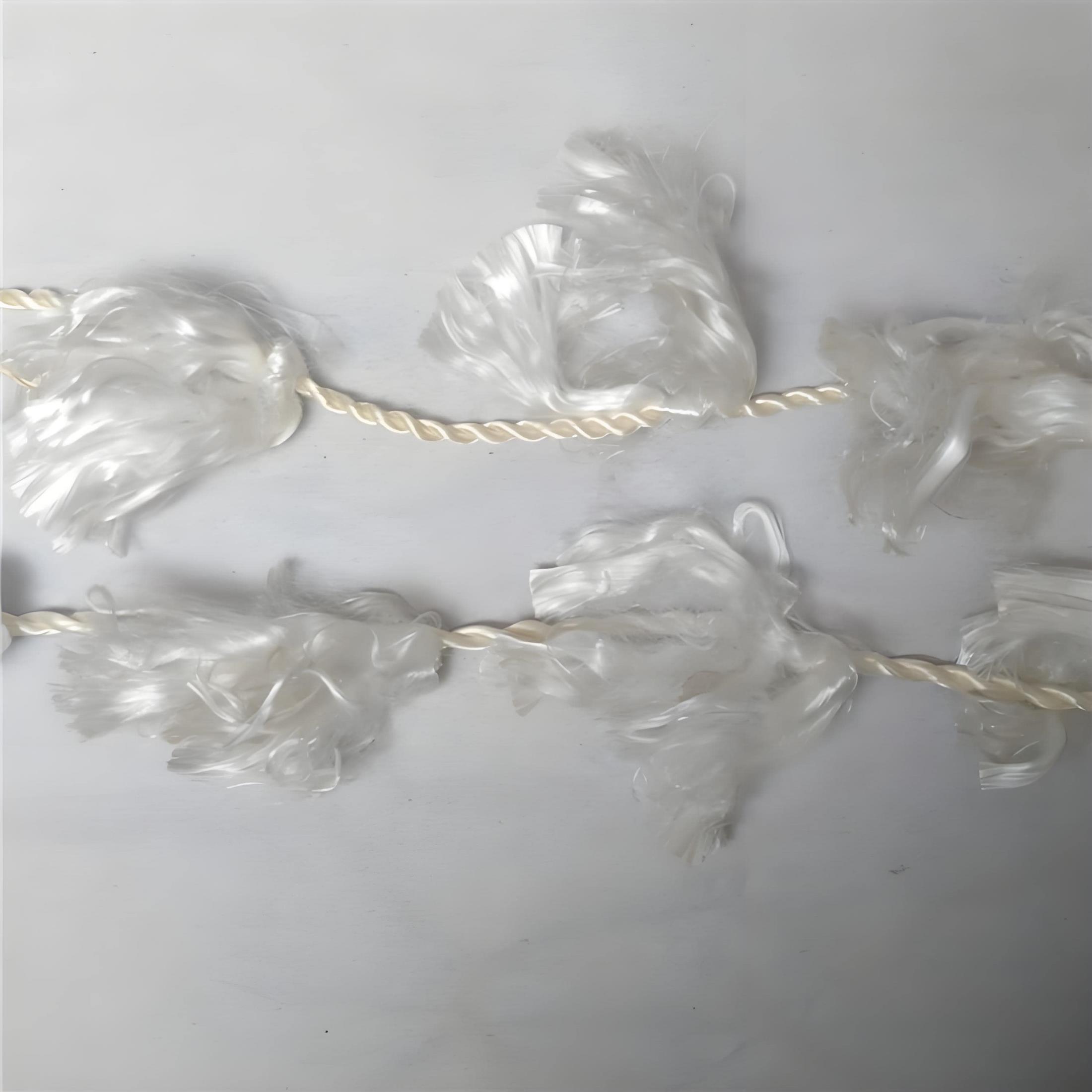
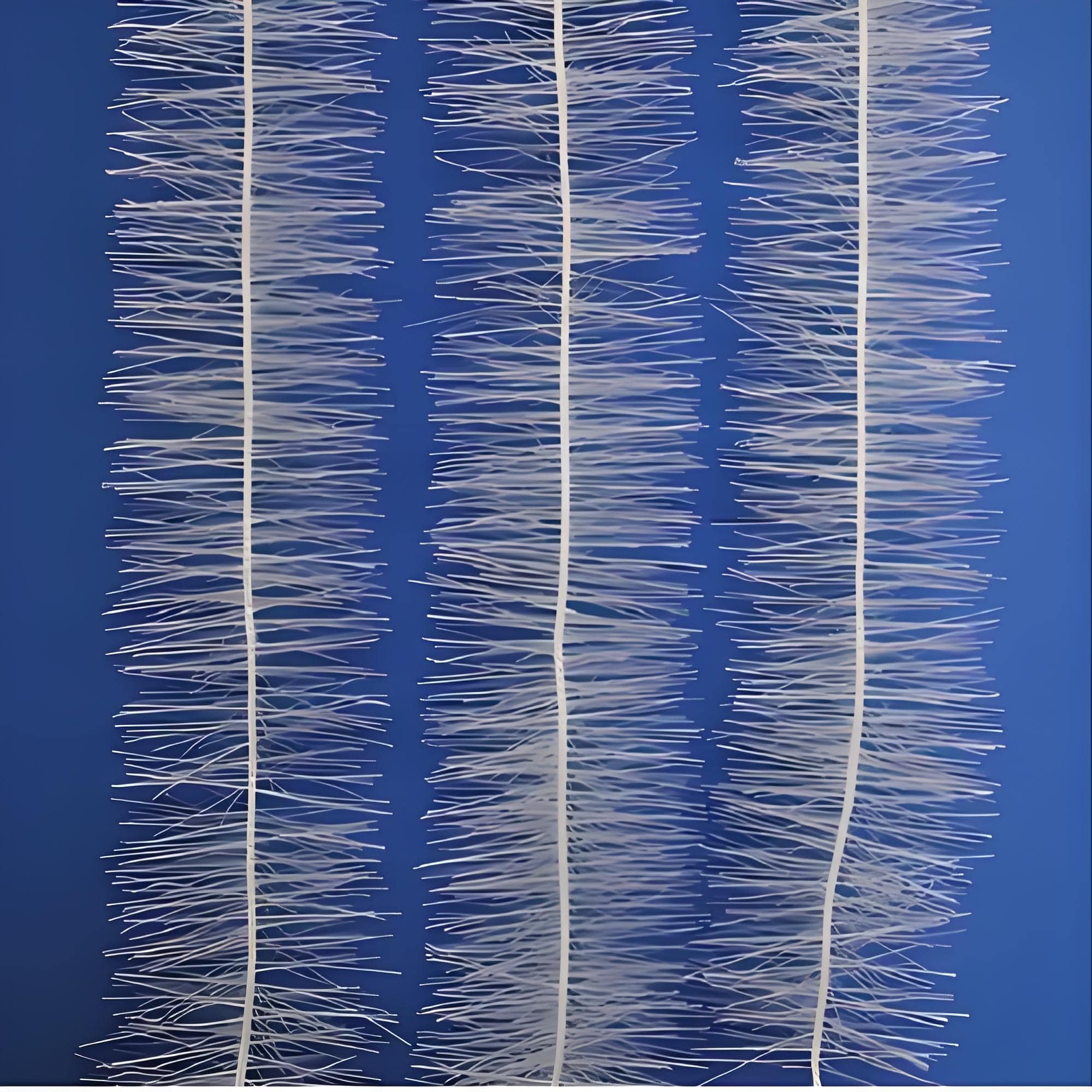
Copyright 2025 All Right Reserved. Hebei Fupeng Environmental Protection Technology Group Co., LTD